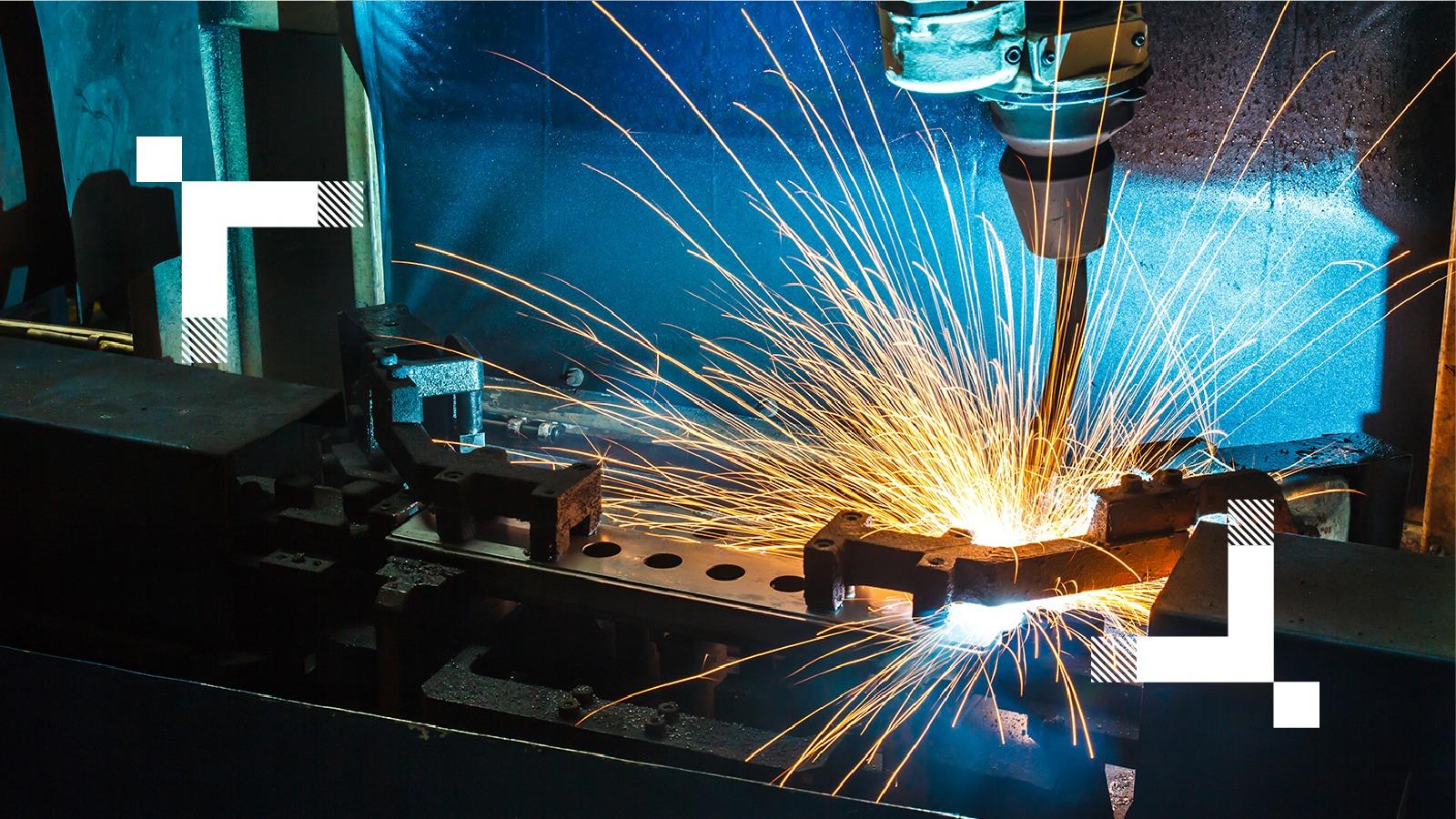Strategic M&A activity in the industrials and services sectors is likely to pick up pace, as companies concentrate on strengthening core competencies and enhancing their technological capabilities.
In the first half of 2025, global M&A activity in industrials and services declined in volume but rose in value – reflecting a shift toward strategic, high-impact deals. Companies are sharpening their focus on core capabilities, accelerating divestitures, and pursuing acquisitions that enhance resilience and long-term growth. Investors, meanwhile, are prioritising stable, innovation-driven assets with regulatory insulation. Rising protectionism is prompting dealmakers to adapt – favouring domestic transactions, regional strategies, and dual-use technologies. Private equity remains active but reassesses exit strategies and valuation models. Companies that proactively reshape their portfolios and align M&A with long-term value creation will be best positioned to lead in an evolving market. Let’s take a closer look.
M&A activity in industrials and services is expected to continue through the second half of 2025, with notable momentum in sectors such as aerospace and defence (A&D), engineering and construction (E&C), and business services. Companies are sharpening their focus on core competencies, using selective acquisitions to drive growth, optimise portfolios, and enhance resilience amid ongoing uncertainty.
Sector-specific trends are shaping the landscape: A&D firms are divesting to fund innovation, E&C benefits from infrastructure investment, and automotive players are restructuring around electrification and digital mobility. Industrial manufacturers are accelerating tech investments and supply chain resilience efforts.
The boundaries between traditional subsectors are becoming increasingly fluid. Companies are forming strategic partnerships, entering joint ventures, and expanding into adjacent industries – particularly in areas where innovation, capital intensity, or access to critical resources demand collaboration. This is especially evident in the automotive sector, where players are joining forces on battery technology, software platforms, and autonomous systems, while others are moving upstream into sectors such as mining to secure raw materials. These shifts reflect a broader reconfiguration of the industrial and services landscape into interconnected, innovation-driven growth domains – where collaboration and adaptability are key to unlocking long-term value.
Despite policy and trade-related headwinds, proactive companies are seizing opportunities by realigning portfolios and doubling down on technology to secure long-term competitive advantage.
Global M&A volumes and values in 2025 YTD
In the first half of 2025, global deal volumes in industrials and services declined by 9% year-on-year, while deal values increased by 9%. Regional trends varied: volumes fell more sharply in the Americas (–16%) and moderately in both Asia Pacific and EMEA (–6% each), but India and China recorded volume increases of 10% and 6%, respectively. Deal values surged by over 50% in the Americas, driven by three megadeals (transactions exceeding $5bn), up from just one in the first half of 2024. In Asia Pacific, deal values rose by 5%; in EMEA they declined by 13%.
Sector performance was mixed: deal volumes grew in aerospace and defence (+11%) and engineering and construction (+2%) but declined in business services (–15%) due to limited asset supply and valuation gaps. Despite lower volumes in automotive (–8%) and industrial manufacturing (–12%), both sectors recorded value growth, reflecting sustained interest in high-quality targets.
Global M&A trends in industrials and services
We’re seeing dealmakers across industrials and services respond to shifting trade dynamics, geopolitical uncertainty, and technological disruption with targeted M&A strategies – reshaping portfolios, strengthening supply chains, and accelerating innovation-led growth. Below, we outline the key sector trends expected to drive M&A activity through the remainder of the year and beyond:
“Swiss I&S deal activity in late 2025 and early 2026 will likely be shaped by organisational changes, sector trends, and global trade shifts. Private equity firms are expected to drive deals through acquisitions and exits, while Swiss companies continue to respond strategically to geopolitical developments.”
Sascha Beer,Partner, Corporate Finance/ M&A Leader, PwC SwitzerlandM&A industry trends in Switzerland
Learn about the key trends driving M&A activity in Switzerland
Contact us
Sascha Beer









